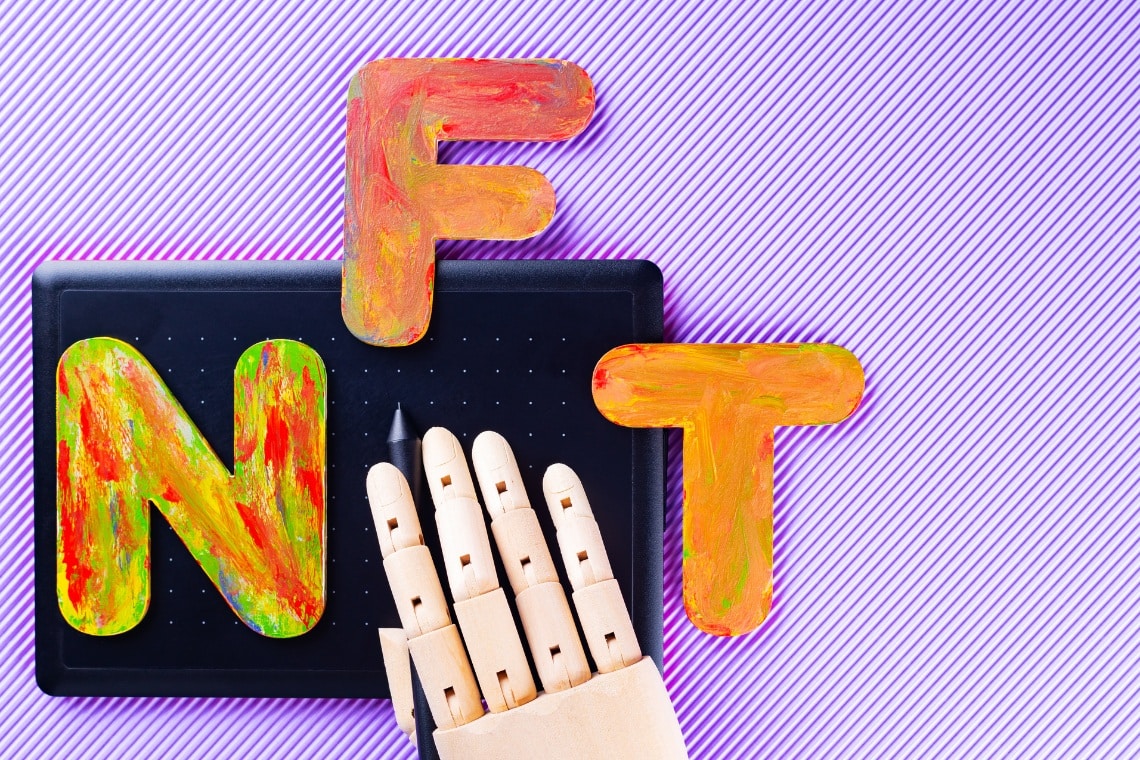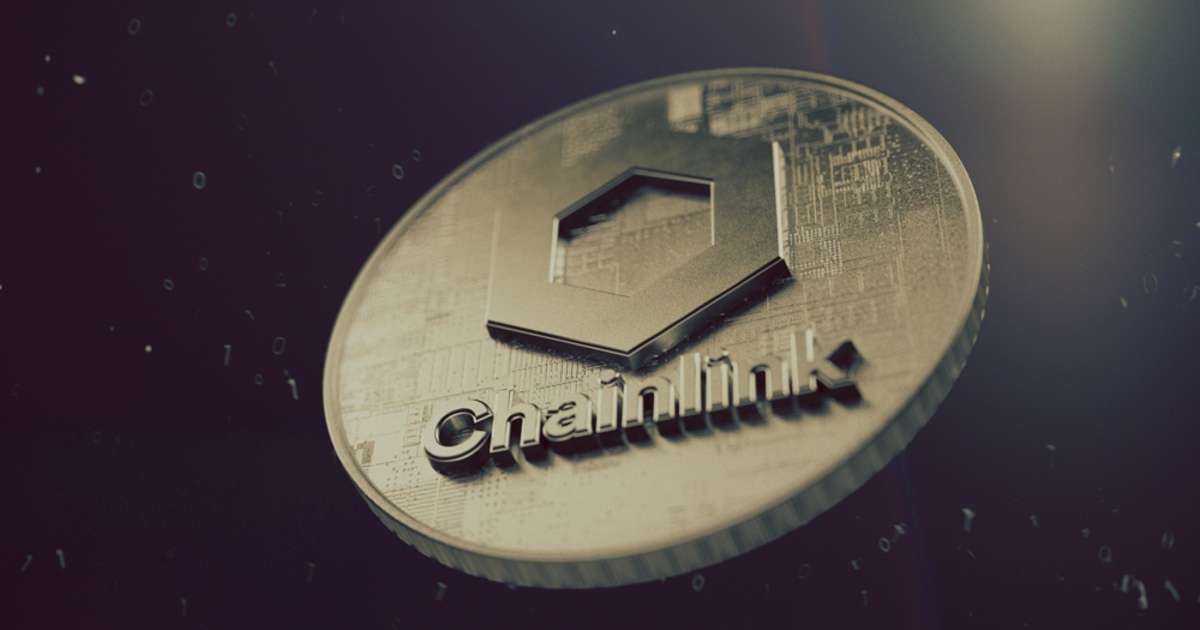Sepolia Testnet Merge Up Next; Ethereum Blockchain Proof-of-Stake (PoS) transition is approaching

Sepolia, a public Ethereum test network, which has already run through the Bellatrix upgrade on Beacon Chain, is now ready to run through the merger over the next few days.
Sepolia Testnet Merge: Details
It is no longer news that the Ethereum network is targeting a transition from its current Proof-of-Work (PoW) consensus algorithm to Proof-of-Stake (PoS). Ethereum intends to achieve this through the implementation of the Merge upgrade on the main network.
Although the date of this epic upgrade has not yet been determined, Ethereum mainnet Merge is around the corner considering that the team is currently finally testing Merge on public test networks.
With the implementation of the Merger on Ropsten Testnett, Sepolia will be the second of three public test networks to go through the merger. While the Goerli / Prater test network will be the last to test run Merge before the upgrade goes to the main network.
In particular, Sepolia went through the Bellatrix upgrade in June 2022, at era 100. With the successful Bellatrix upgrade, the Sepolia Beacon Chain was prepared for the merger. The Bellatrix upgrade also caused Sepolia’s Terminal Total Difficulty (TTD) to change from the original high value of 100,000,000,000,000,000,000,000.
This means that Sepolia’s test network will migrate to proof-of-stake (PoS) on an undisclosed date when Terminal Total Difficulty (TTD) on the proof-of-work (PoW) chain exceeds 17,000,000,000,000,000,000.
In addition, Sepolia Merge will be a two-step process. According to madethe process will begin with a network upgrade on the consensus layer at a certain era height.
The sequel to this, Sepolia’s execution team (also known as Paris) will kickstart the transition from proof-of-work (PoW) to proof-of-stake (PoS) when the selected TTD is reached or exceeded.
To complete the process, a Beacon Chain validator must only produce a subsequent block after Sepolia’s execution layer has exceeded the selected Terminal Total Difficulty.
“ONEprovided normal network conditions, this should occur 2 epochs or approximately 13 minutes after the first post-TTD block is hit. “
When Beacon Chain creates this block, it is said that Sepolia’s test network Merge is then completed and successful.
After merging, only the Sepolia and Georli test networks will remain very valuable. Others will be wound up. In the same way, Sepolia will operate exclusively under proof-of-stake after the merger. Therefore, mining will no longer be possible on the network. The same will be true of the Ethereum blockchain when the main Merge goes live.
Also read: Gray Glacier upgrade successfully implemented on Ethereum Network as the merger approaches
Ethereum Mainnet merger
While many are waiting for this huge upgrade Ethereum’s main network to happen, no date has been announced yet. To estimate the exact date of the actual merger, the final testing will be done on the Goerli / Prater public test network. Goerli is a test network for performance teams while Prater is a test network for consensus teams.
Furthermore, all three test network distributions must be successfully confirmed and stabilized to perform the main Merge. Once confirmed to be stable, it is said that an era will be chosen for the Bellatrix upgrade on the Beacon Chain.
A difficulty value will also be set for the main network transition. Finally, releases that will enable merging on the main network will be issued by clients. It is at this point that the team will enter the date for the transition to the consensus algorithm.





















